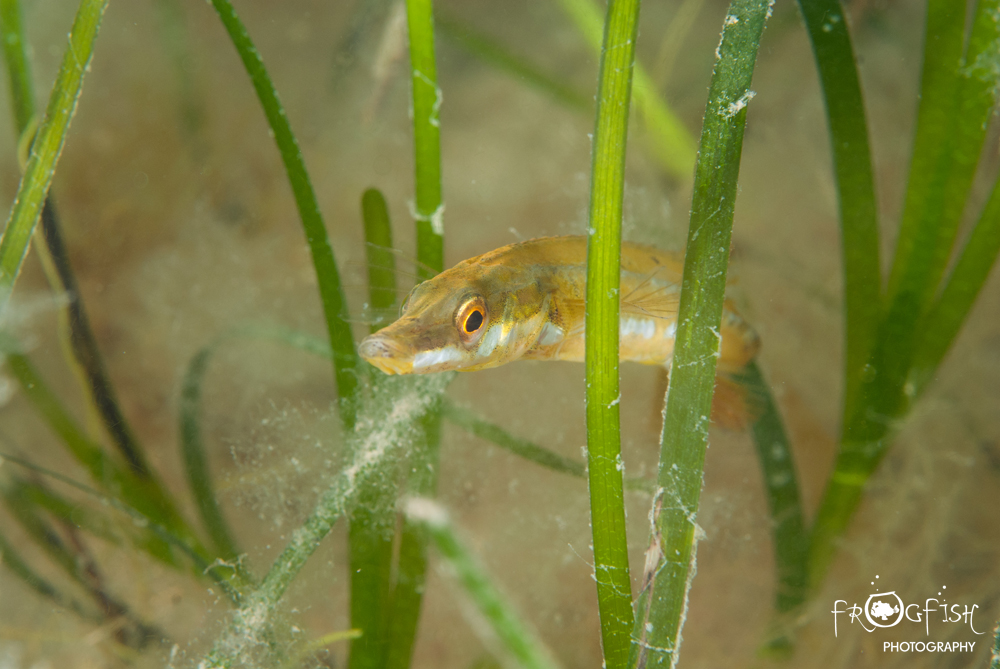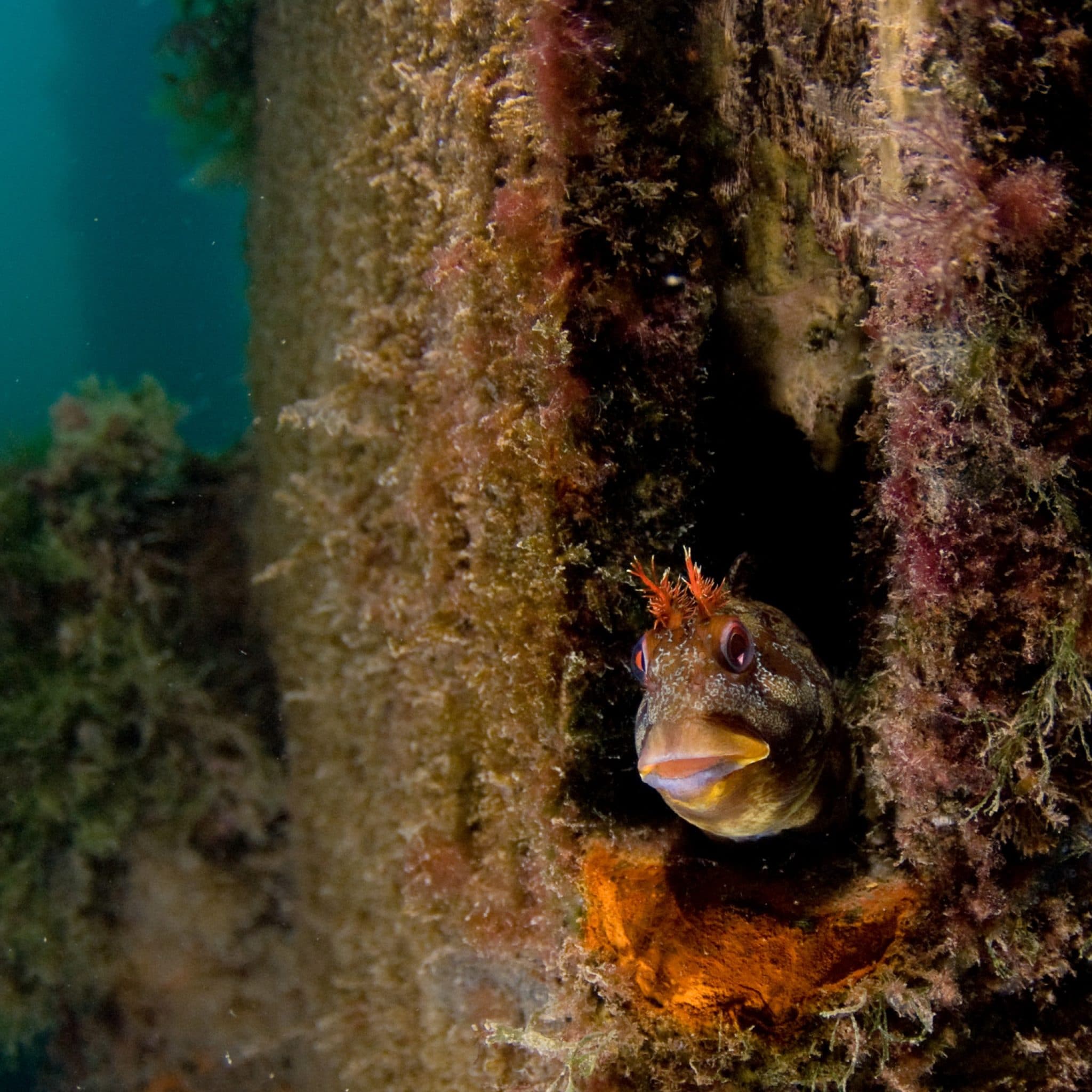News
Expert review backs Marine Conservation Society call for gold-standard protection of UK seas
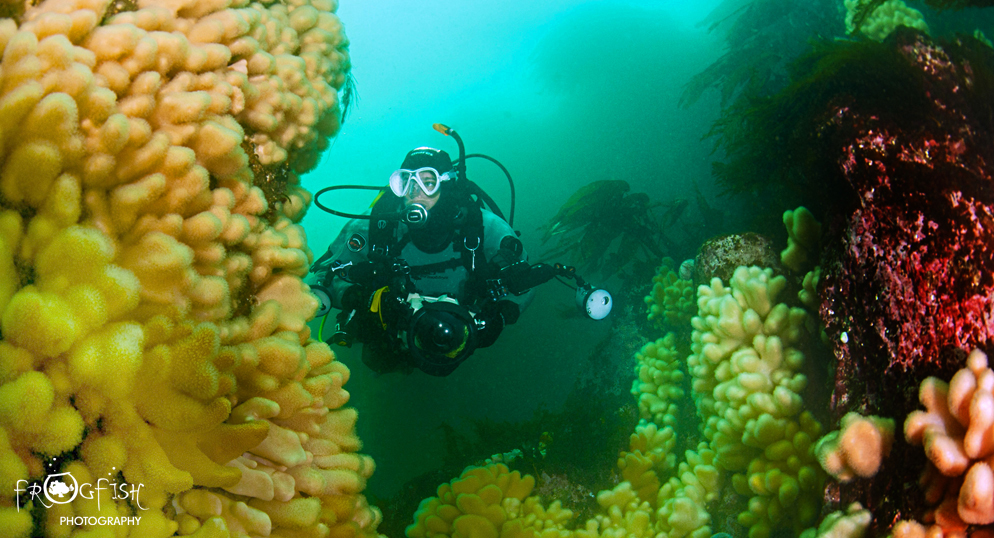
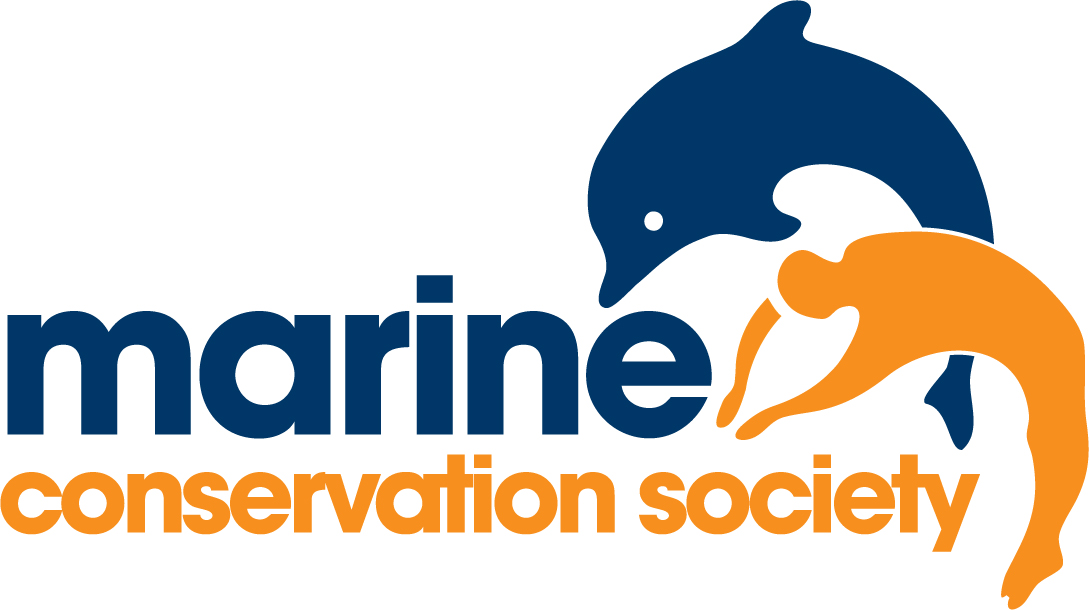 Marine charity welcomes the Benyon Review and calls for a suite of Highly Protected Marine Areas to be designated in English seas within a year, after decades of Government stalling.
Marine charity welcomes the Benyon Review and calls for a suite of Highly Protected Marine Areas to be designated in English seas within a year, after decades of Government stalling.
The Marine Conservation Society has welcomed the publication of the Benyon Review into Highly Protected Marine Areas (HPMAs), but warns that another Government report is not enough, and that positive action to recover our seas is urgently needed within 12 months. The review received more than 5,000 responses from the charity’s supporters, who have been calling for the establishment of HPMAs for decades.
HPMAs are ’gold standard’ zones which should offer the best protection for our ocean, banning damaging activities that have decimated wildlife and habitats. They are considered by marine biologists around the world as the most effective mechanism to restore degraded marine ecosystems and recover marine wildlife populations.
The Review, conducted over the past year by a panel of experts, involved consultation with the Marine Conservation Society, other non-government organisations and maritime interests, alongside a public consultation. The Review report calls for the designation of HPMAs in English seas to protect marine biodiversity and important ‘blue carbon’ habitats.
Just like nature reserves and national parks on land, Marine Protected Areas (MPAs) are set up to look after particular seascapes, habitats and species. Of the 355 MPAs in UK seas, only four are fully protected from all extractive activities, covering less than 20km2. All other UK MPAs allow some extractive or damaging activities (e.g. fishing, aggregate extraction, angling etc.) within their boundaries.
The Review recommends that some existing MPAs should be considered for upgrading to HPMA status. This means protection will go a step further for these MPAs by taking a ‘whole-site approach’ to protection, excluding all damaging activities across the site. The Review also recommends that ‘blue carbon’ habitats are identified for HPMA designation, recognising the incredible power of the UK’s marine and coastal habitats such as seabed, seagrass, and saltmarsh to lock down atmospheric CO2 and help combat climate change.
The Marine Conservation Society urges the Government to act swiftly on the review and properly invest in the work to get designations in place by World Oceans Day 2021, at the latest.
Dr Jean-Luc Solandt, Principal Specialist Marine Protected Areas recalled: “The UK government had an important opportunity to designate 65 HPMA sites in English waters back in 2013, but failed to do so, citing a ‘lack of evidence’ and bowing to pressure from industry and fishing lobbyists. As a result, key seabed habitats continue to be damaged and the health of our seas declines. This Review is promising, but means nothing if Government – after decades of delay – doesn’t at last grasp the nettle and get these essential management measures in place with urgency”
Dr Peter Richardson, Head of Ocean Recovery said: “We welcome the conclusions of the Review, which support our long-held view that HPMAs should be introduced in UK waters, and the wishes of thousands of our supporters who also want to see real protection for our marine wildlife and habitats now. The Government has a historic opportunity to make much-needed changes to the way we protect our seas and just needs to get on with it! We have less than 10 years to take action to reduce the worst effects of climate change. Work now to establish a blue-belt of climate-smart HPMAs in our seas will lock down ‘blue carbon’ and help meet our net zero-carbon targets. MCS will use the findings of this Review to push Government to designate HPMAs in English waters within a year.”
Creating HPMAs in the UK’s waters will help return parts of our ocean to the most natural state possible. The Westminster Government has rightly supported extensive HPMA designations in our UK Overseas Territories, but not in the UK’s heavily-used domestic waters. By delivering the recommendations of this Review, the UK can start addressing the apparent imbalance of this approach and make a real difference to the future of our ocean.
For more information on Marine Protected Areas, HPMAs and the Marine Conservation Society’s work to assure healthy seas for the future, please visit www.mcsuk.org.
To read the full Benyon Review on HPMAs, visit here.
News
Book Review: Fire on Monroe Bravo by Fred Lockwood

Fire on Monroe Bravo is the latest book in the Jack Collier series by Fred Lockwood. Our story begins with our lead characters, Jack and Sandro, owners of Marine Salvage & Investigation Company, arriving on the Monroe Bravo Oil & Gas Platform in the North Sea. Having secured a contract for their vessel the MV Stavanger to act as support ship to the platform for TransGlobal Oil, our protagonists are on a celebratory visit.
However almost as soon as they arrive a series of explosions rock the platform, causing huge damage, loss of life and the very real danger of a massive human, ecological and financial disaster.

As the danger mounts for both our heroes and the surviving workers, Jack and Sandro will have to escape the inferno, all while trying to save the platform and the men still trapped unable to help themselves.
The disaster sets the scene for the unfolding story lines following the fate of the platform and our main characters, the police investigation into a suspected terrorist act and the actions of TransGlobal Oil as they attempt to navigate the pubic outcry and financial repercussions.
In his eighth book, Fire on Monroe Bravo, Fred Lockwood delivers an explosive thriller, with plenty of above and in-water drama, and our heroes fighting for survival, what more can you ask for?
We thoroughly recommend this read and look forward to the next in the series. For more information about his book series, you can check out the reviews of his previous books here on Scubaverse.
- Title: Fire On Monroe Bravo
- Author: Fred Lockwood
- ISBN: 979-8325324536
Available in a paperback version and for Kindle from Amazon and book stores.
Blogs
Alonissos: The complete diving destination (Part 1)

In June we were incredibly fortunate to be invited to dive in Alonissos, a small Greek Island in the Sporades island chain located in the North Aegean Sea. While I have long been a big fan of the Greek Islands as a great holiday destination, I had not had the opportunity to do any diving on previous visits and Mike and I were extremely excited to see what Alonissos had to offer both above and below the surface!

The Sporades are easily accessible via the airport in Skiathos (the first island in the chain), which is served by Jet2 flights from all major UK airports from May through October. Numerous ferries and charter boats make island hopping from Skiathos Town a breeze. After an hour boat ride, the picturesque port of Patitiri was a wonderful introduction to Alonissos, where we were met by our gracious hosts Kostas of Albedo Travel and Dias of Alonissos Triton Dive Center. Mike and I were delighted to be staying at the Paradise Hotel, aptly named for its stunning views over the sea and great location for walking to the waterfront.

Alonissos is beautifully situated in the National Marine Park of Alonissos and the Northern Sporades, the largest marine protected area in Europe. The surrounding seas offer fabulous marine life, including incredibly rare species such as the Mediterranean monk seal. They boast deep walls covered in gorgonians and sponges, stunning topography with caverns, swimthroughs and pinnacles, and the first accessible ancient shipwreck from 500BC!

In locations where historical sites have been reported, the waters are largely restricted, but with collaboration between government, underwater archeologists and dive centres, incredible underwater museums are being created for a truly unique diving experience. Alonissos is home to the first of these, the Ancient Shipwreck of Peristera Accessible Underwater Archeological Site. The chance to dive into history (along with reports of healthy reef life and amazing underwater topography) meant Mike and I were keen to get in the water.

Our introduction to the diving around Alonissos was at the Agios Georgios Pinnacles, in the channel between Alonissos and Skopelos. This fantastic site was named “The Chimney,’ and proved to have a huge amount to see. We got to a decent depth here (over 25m), and marvelled at a colourful reef wall with a wonderful swim through whose rocky walls were absolutely covered with life. As well as brilliant topography there was no shortage of macro life here. We saw numerous nudibranchs, five different species in total. The second dive at Mourtias reef nearby was a shallower dive along a nice wall with lots of crevices. Several moray eels and grouper called this site home. We enjoyed looking in the crevices for lobster and smaller benthic life, such as cup corals and tunicates.

Our itinerary allowed us two dives a day with afternoons left to explore the island with our hire car and evenings to enjoy the famous Greek hospitality. This proved to be a lovely mix of in-water and land based diversions.

The next days diving to the Gorgonian Gardens and Triton’s Cave was to be even better! These two stunning sites are nothing short of fabulous. The Gorgonian Gardens was a deep wall near to the Agios Georgios islands. The ever-present currents in this deep channel meant that the sea life was amazing … the namesake Gorgonian sea fans dotted the wall at a depth of 30 to 50 meters, getting ever larger the deeper we went. Above 30m was by no means less beautiful, with sponges, corals, scorpionfish, moray eels and some rare and colourful nudibranchs.

The second shallower dive of the day was to Triton’s Cave or the Cavern of Skopelos, on the east side of that island. The spectacular rock formations had wild striations both above and below the water making a truly epic topography. The cavern entrance was at 14m, and big enough for a buddy pair, winding up to 6m and passing two beautiful windows out into the blue. Emerging from the cavern, the light at the shallower depths and the incredible rock formations made for a fantastic gentle swimming safety stop and we all surfaced by the boat with massive grins.

Check out our next blog :Alonissos: The complete diving destination (Part 2)” to hear about our amazing dive on the 2500 year old Peristera Wreck!
Thanks to:
Alonissos Triton Dive Center https://bestdivingingreece.com/
Albedo Travel https://alonissosholidays.com/activities/
Paradise Hotel https://paradise-hotel.gr/
Alonissos Municipality https://alonissos.gr/en/
-

 Blogs2 months ago
Blogs2 months agoDiving With… Nico, Ocean Earth Travels, Indonesia
-

 News1 month ago
News1 month agoMurex Bangka Announce New Oceanfront Cottages & Beachfront Dining
-

 Blogs2 months ago
Blogs2 months agoA new idea in freediving from RAID
-

 Marine Life & Conservation1 month ago
Marine Life & Conservation1 month agoIceland issue millionaire whale hunter a licence to murder 128 vulnerable fin whales
-

 Marine Life & Conservation2 months ago
Marine Life & Conservation2 months agoThe Shark Trust Great Shark Snapshot is back
-
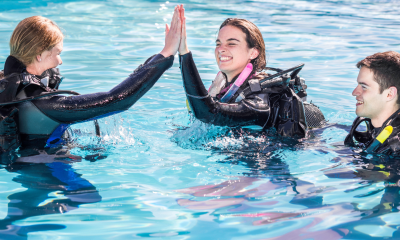
 News3 months ago
News3 months agoCharting New Waters; NovoScuba Goes Global with the Launch of their Revolutionary Dive Training Agency!
-

 Gear News1 month ago
Gear News1 month agoNew Suunto Ocean – a dive computer and GPS sports watch in one for adventures below and above the surface
-

 Marine Life & Conservation Blogs2 months ago
Marine Life & Conservation Blogs2 months agoBook Review: Plankton



